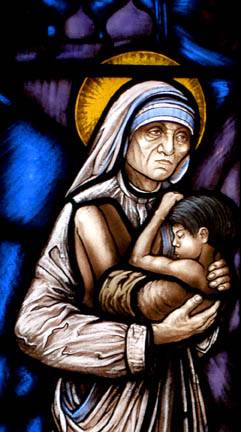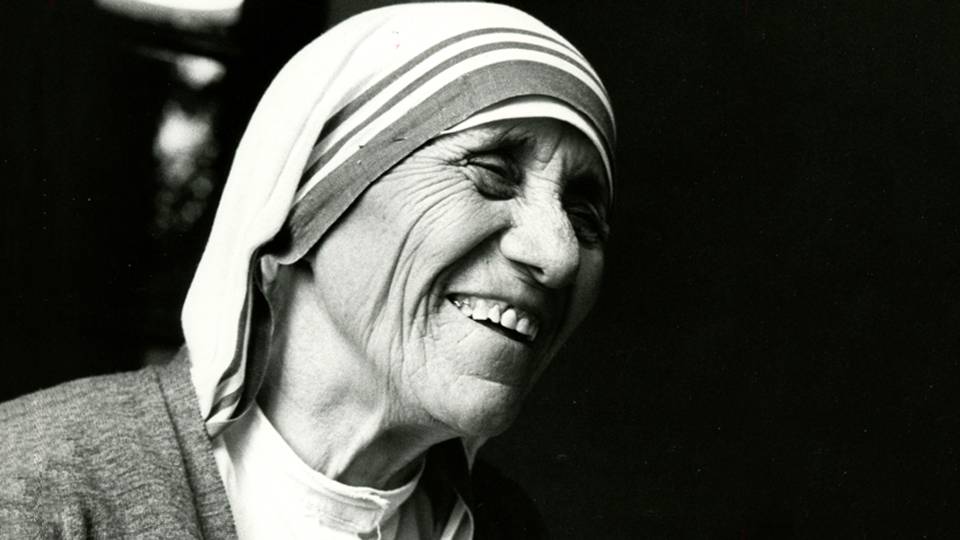An Accessible Woman: Remembering St. Teresa of Kolkata
It’s been twenty-one years since Mother Teresa suffered a heart attack and died at 87 years old on September 5, 1997, in Calcutta. The day after she died, she was set to lead an interfaith memorial prayer service in Calcutta for her friend, Diana, Princess of Wales, who had been tragically killed in a car accident one week earlier. The pomp, precision, and sombre majesty of Princess Diana’s London farewell one week earlier were hardly visible in the chaotic scenes of Mother Teresa’s simple wooden casket riding on a gun carriage through the mobbed and chaotic streets of Calcutta for her State funeral.
Born on August 26, 1910, in Skopje (now the capital of FYR Macedonia) to a Kosovar Albanian family, Mother Teresa became the foundress of the the Missionaries of Charity, a religious order dedicated to the care of the most destitute and forgotten. Mother Teresa’s life was not a sound byte but rather a metaphor for selfless devotion and holiness. Her most famous work began in 1950 with the opening of the first Nirmal Hriday (Tender Heart) home for the dying and destitute in Calcutta. Mother’s words remain inscribed on the walls of that home: “Nowadays the most horrible disease is not leprosy or tuberculosis. It is the feeling to be undesirable, rejected, abandoned by all.”

Stained glass window of St. Teresa of Kolkata in the Chapel of the Newman Centre of Toronto. Window by Josef Aigner, Photo by Bill Wittman.
There are critics in the Church who say that Mother Teresa personified a “pre-Vatican-Council” view of faith and did not address systemic evils. She is politely and sometimes unpolitely dismissed because her life is hardly “prophetic” in the eyes of some people. In fact, many saints and blesseds are dismissed by such folk who have no understanding of the meaning of biblical prophecy. They criticize Mother and her followers for their relentless condemnation of abortion. Some have said that in Mother Teresa there was no element of prophetic criticism in her teachings and her lifestyle. Instead of acting sensibly by applying for government grants to create programs to eliminate poverty, Mother Teresa and her sisters moved into neighborhoods and befriended people. Their houses often become oases of hope and peace, like the ones in Canada. When Mother Teresa spoke of “sharing poverty,” she defied the logic of institutions that prefer agendas for the poor, not communion with individual poor people. Agents and instruments of communion are often called irrelevant and unprophetic by the world.
Years ago, during my graduate studies in Rome, I met Mother Teresa of Calcutta several times while I was teaching her sisters in a slum neighborhood on the outskirts of the Eternal City. At the end of our first visit, she blessed my forehead before placing into my hands one of her famous business cards unlike any I had ever seen.
On one side of the card were these words: “The fruit of silence is PRAYER. The fruit of prayer is FAITH. The fruit of faith is LOVE. The fruit of love is SERVICE. The fruit of service is PEACE. God bless you. –Mother Teresa.”


